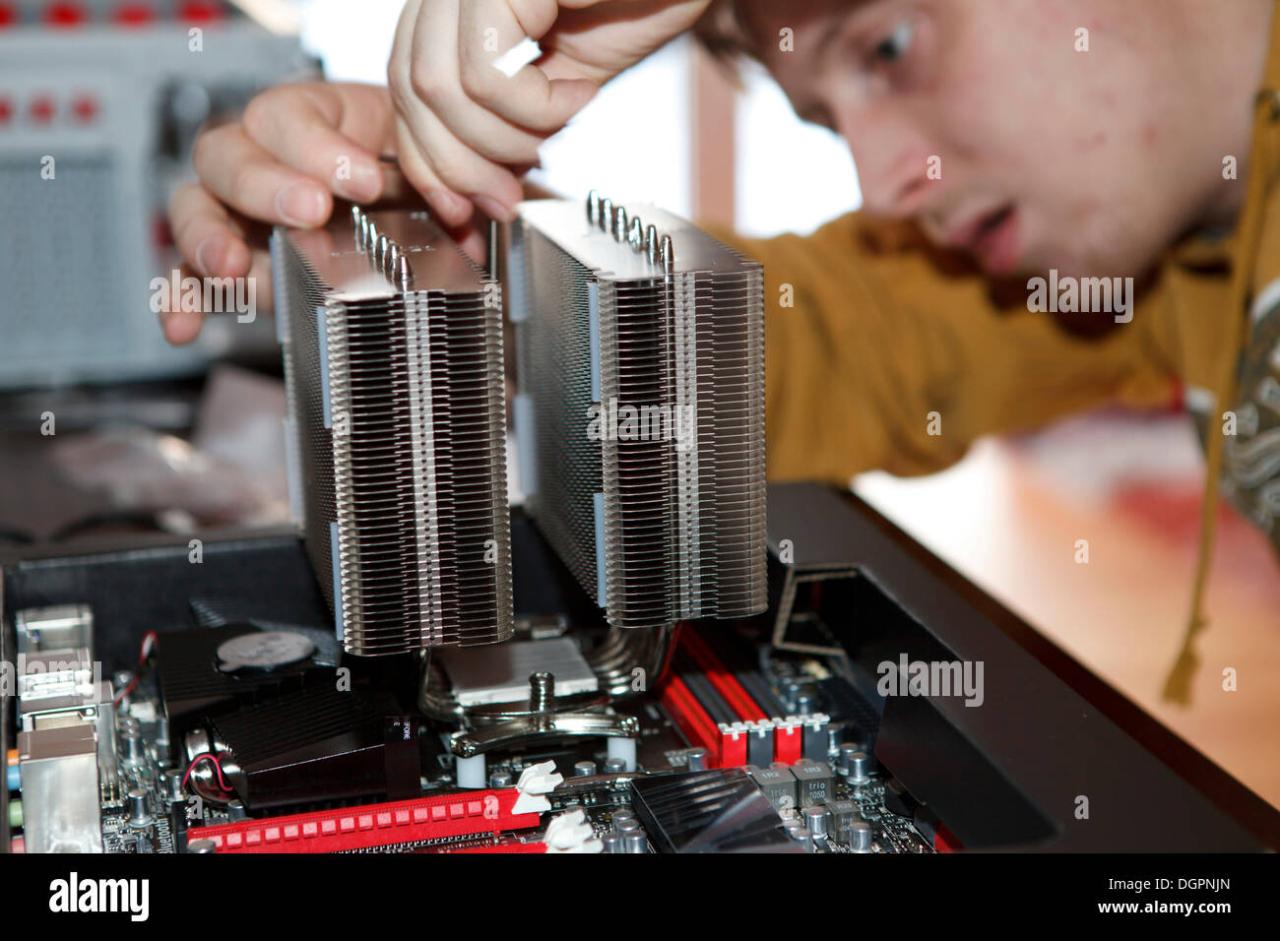PC Builder: Dive into the exciting world of building your own computer! Whether you’re a seasoned tech enthusiast or a curious beginner, this guide covers everything from choosing the right components to troubleshooting common issues. We’ll explore the different types of PC builders, the essential components, and the step-by-step process of assembling your dream machine. Get ready to learn how to build a PC that perfectly fits your needs and budget.
From selecting the perfect CPU and GPU to mastering cable management and troubleshooting boot errors, we’ll equip you with the knowledge and confidence to build your own powerful and personalized computer. We’ll also explore cost-effective strategies, advanced techniques, and the future of PC building. Let’s get started!
Defining “PC Builder”
The term “PC builder” encompasses a wide range of individuals and entities involved in the assembly and customization of personal computers. It’s not just a single role; it’s a spectrum of expertise and involvement.
The Multifaceted Nature of PC Building
PC builders can be individuals assembling their own systems as a hobby, businesses specializing in custom PC builds for clients, or online platforms providing components and guides for building PCs. Skill levels vary drastically, from beginners assembling pre-built kits to experts designing and overclocking high-end systems.
Skill Levels in PC Building, Pc builder
The skill spectrum ranges from novice to expert. Beginners often start with pre-built kits or follow detailed guides, while experts possess in-depth knowledge of hardware compatibility, BIOS settings, and advanced techniques like overclocking and liquid cooling. Intermediate builders usually handle most aspects of a build but might seek assistance for complex tasks.
Types of PC Builders
Several categories of PC builders exist. Hobbyists build PCs for personal use and enjoyment. Professionals build and sell custom systems for clients, often offering warranties and support. System integrators are businesses that assemble PCs on a larger scale, sometimes using standardized components for efficiency.
Components of a PC Build
A successful PC build hinges on selecting and assembling compatible components. Understanding the role of each component is crucial for optimal performance.
So you’re building a PC, right? Picking components can be tricky, but don’t forget about the peripherals! If you’re into aerial photography, a great addition could be a drone, maybe even one from Best Buy – check out their selection at best buy drone to see what’s available. Once you’ve got your awesome drone, you can get back to focusing on that killer PC build, ensuring it’s got the horsepower to handle all that stunning aerial footage.
Essential PC Components
| Component | Specification Examples | Role | Considerations |
|---|---|---|---|
| CPU (Central Processing Unit) | Intel Core i5-13600K, AMD Ryzen 5 7600X | The brain of the computer, processing instructions. | Consider clock speed, core count, and TDP. |
| GPU (Graphics Processing Unit) | Nvidia GeForce RTX 4070, AMD Radeon RX 7800 XT | Handles graphics rendering for games and applications. | Consider VRAM, clock speed, and ray tracing capabilities. |
| RAM (Random Access Memory) | 16GB DDR5-6000, 32GB DDR4-3600 | Short-term memory for running applications. | Consider speed, capacity, and type (DDR4 vs. DDR5). |
| Motherboard | ASUS ROG Strix Z790-A Gaming WiFi, MSI B650 Tomahawk WIFI | Connects all components and provides interfaces. | Ensure compatibility with CPU socket and RAM type. |
| Storage | 1TB NVMe SSD, 2TB HDD | Stores data (operating system, programs, files). | Consider speed (SSD vs. HDD) and capacity. |
| PSU (Power Supply Unit) | 750W 80+ Gold, 650W 80+ Bronze | Provides power to all components. | Consider wattage and efficiency rating. |
| Case | Mid-tower ATX, Full-tower E-ATX | Houses all components and provides airflow. | Consider size, airflow, and aesthetics. |
| Cooling | Air cooler, AIO liquid cooler | Keeps components at optimal temperatures. | Consider CPU TDP and case airflow. |
CPU Architectures: Intel vs. AMD
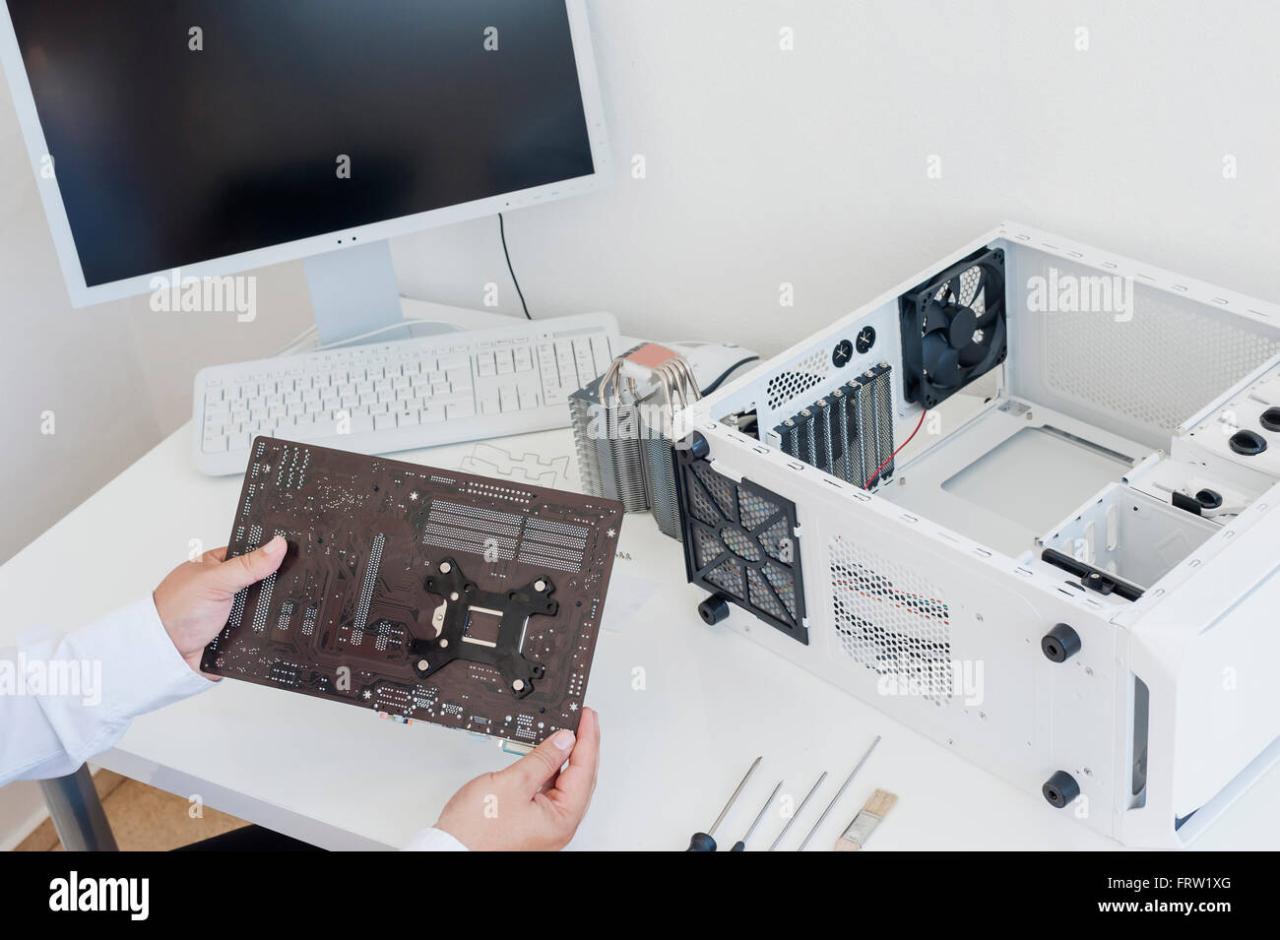
| Feature | Intel | AMD |
|---|---|---|
| Strengths | Generally strong single-core performance, integrated graphics often better. | Often better multi-core performance and price-to-performance ratio. |
| Weaknesses | Can be more expensive for comparable performance. | Integrated graphics can be less powerful. |
Component Compatibility
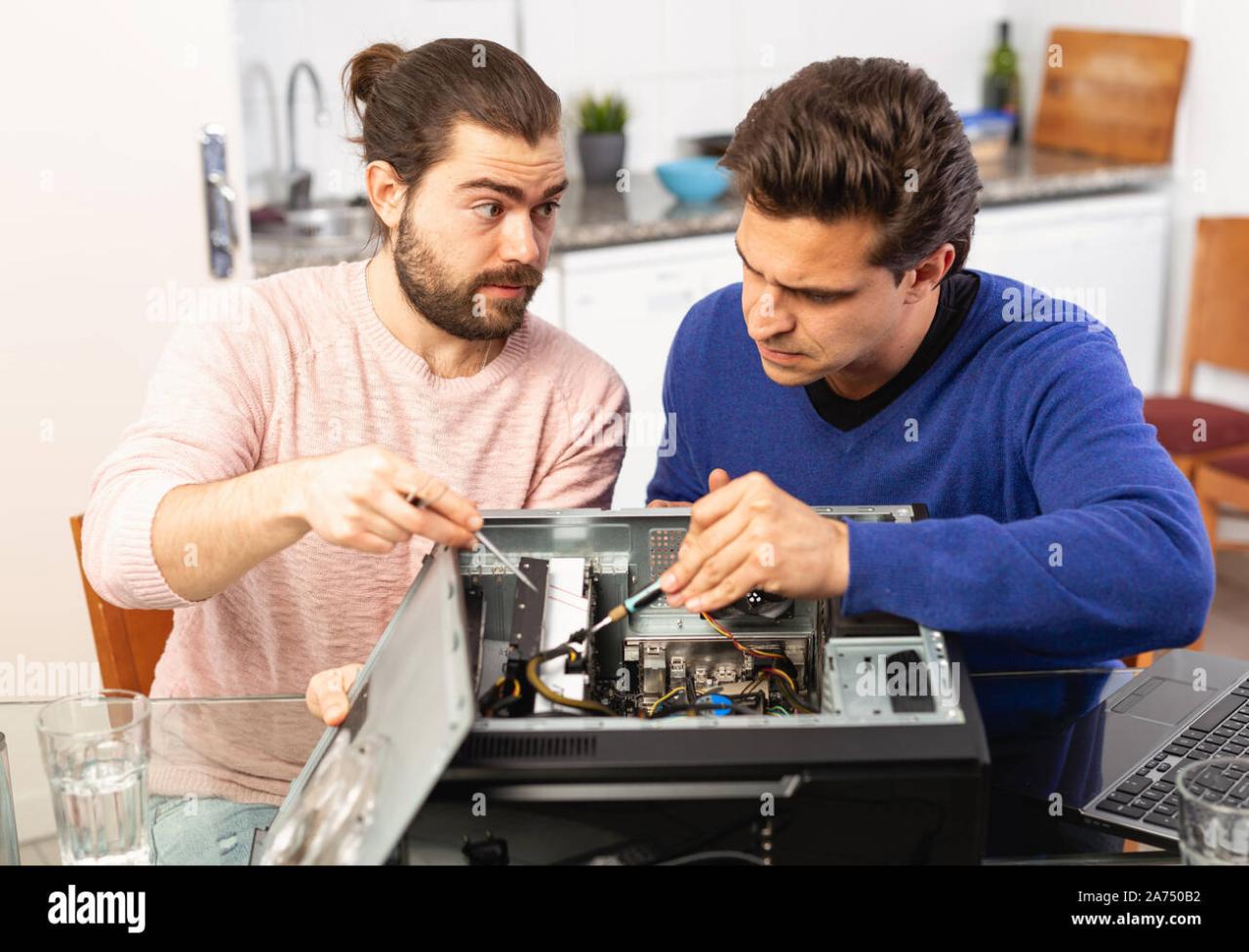
Choosing compatible components is critical. Using incompatible components can lead to system instability, boot failures, or even hardware damage. Always check motherboard specifications to ensure compatibility with CPU, RAM, and other components.
The PC Building Process
Building a PC is a methodical process. Following these steps carefully will minimize the risk of errors and ensure a successful build.
Building a powerful PC can be a rewarding experience, especially if you’re into high-end gaming or video editing. You’ll need a solid graphics card, for sure, but don’t forget the importance of smooth, high-resolution footage, which is where drones come in; check out the amazing selection at dji canada for top-notch aerial photography. Then, once you’ve got stunning footage, you can edit it all on your newly built PC.
Step-by-Step PC Assembly
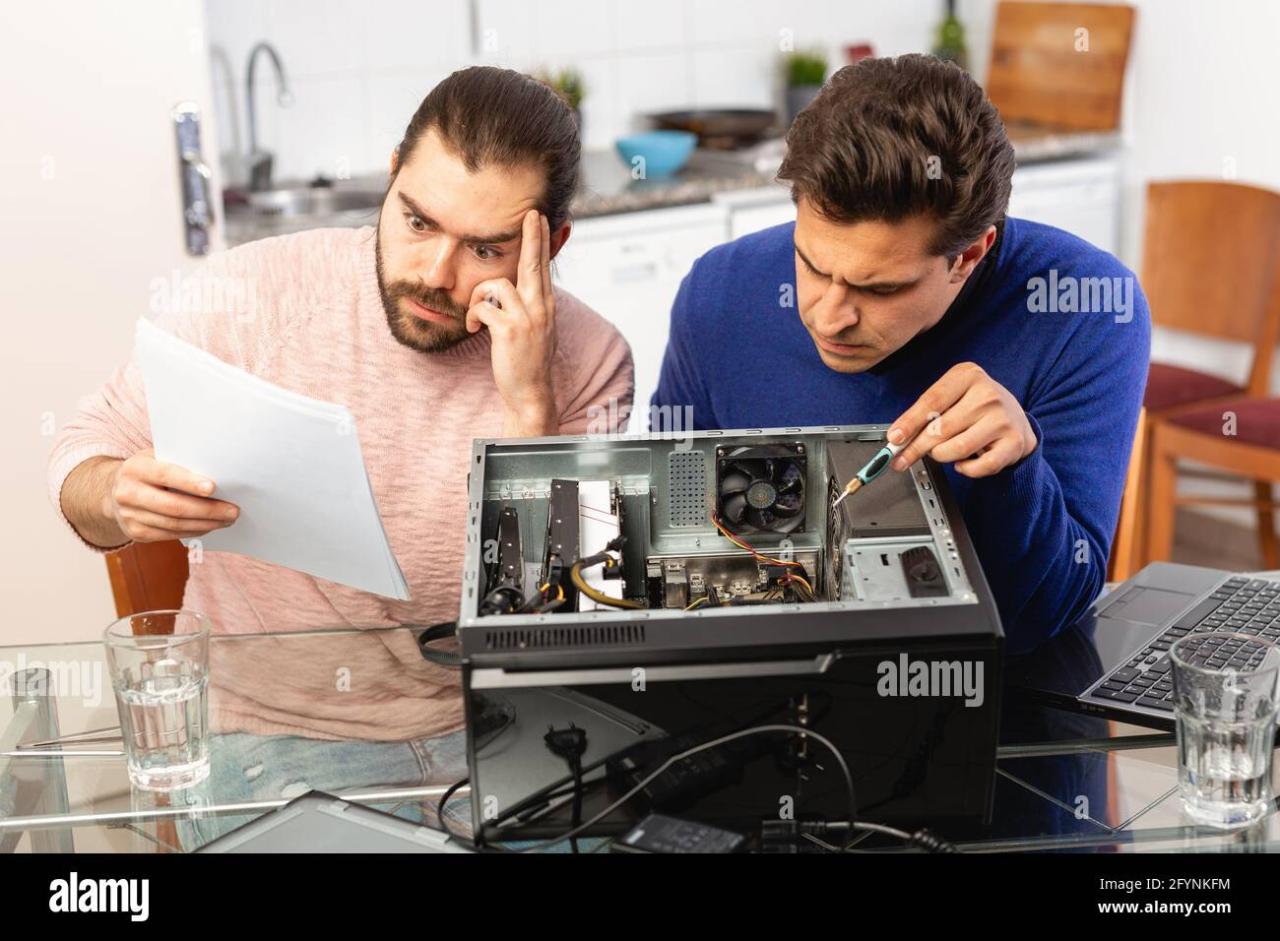
- Prepare the Workspace:
- Gather all components and tools.
- Ensure a clean, static-free workspace.
- Install CPU and Cooler:
- Carefully install the CPU onto the motherboard.
- Attach the CPU cooler, ensuring proper contact.
- Install RAM:
- Insert RAM modules into the appropriate slots.
- Ensure they click into place securely.
- Mount Motherboard in Case:
- Secure the motherboard standoffs.
- Carefully place the motherboard into the case.
- Screw it in securely.
- Install Storage Devices:
- Connect SSDs/HDDs to the motherboard.
- Secure them within the case.
- Install GPU:
- Insert the GPU into the PCIe slot.
- Secure it with the retaining clip.
- Connect PSU and Cables:
- Connect the PSU to the power supply.
- Connect the necessary power cables to the motherboard, GPU, and storage devices.
- Connect Case Fans and Other Peripherals:
- Install case fans and connect them to the motherboard or PSU.
- Connect front panel connectors (power, reset, USB).
- Initial Boot and OS Installation:
- Connect monitor, keyboard, and mouse.
- Power on the PC and enter the BIOS.
- Boot from installation media (USB or DVD) and install the operating system.
- Install necessary drivers.
Troubleshooting Common PC Building Issues: Pc Builder
Even experienced builders encounter problems. Knowing how to troubleshoot common issues is crucial for a successful build.
Common PC Building Problems and Solutions
| Issue | Possible Cause | Solution |
|---|---|---|
| No POST (Power On Self Test) | Loose connections, faulty components, BIOS settings. | Check all connections, reseat components, reset CMOS. |
| Overheating | Insufficient cooling, dust buildup, faulty fans. | Clean fans and heatsinks, apply new thermal paste, add more fans. |
| System Instability (crashes, freezes) | Overclocking instability, driver issues, faulty RAM. | Reduce overclock settings, update drivers, test RAM with memtest86. |
| Boot Errors | Incorrect boot order in BIOS, faulty hard drive. | Check boot order in BIOS, test hard drive. |
PC Building Resources and Communities
Numerous online resources provide valuable information, support, and community engagement for PC builders.
Online PC Building Communities
Websites and forums dedicated to PC building offer a wealth of knowledge, from component reviews to troubleshooting advice. Examples include Tom’s Hardware, AnandTech, and Reddit’s r/buildapc.
Benefits and Drawbacks of Online Resources
Online resources offer accessibility and a wide range of perspectives, but information quality can vary. Always cross-reference information from multiple sources to ensure accuracy.
Reputable Sources for Component Reviews and Benchmarks
Tom’s Hardware, AnandTech, and Gamers Nexus are reputable sources for component reviews and benchmarks. These sites provide in-depth analysis and testing results to help users make informed decisions.
Cost Optimization in PC Building
Building a cost-effective PC doesn’t mean sacrificing performance. Strategic component selection and careful planning can yield significant savings.
Strategies for Cost-Effective PC Building
Prioritize key components (CPU and GPU), consider used or refurbished parts (with caution), and choose components with a good price-to-performance ratio. Compare prices across different retailers before purchasing.
Price-to-Performance Ratio
Some components offer better value than others. For example, AMD CPUs often provide excellent performance at lower price points compared to Intel. Similarly, choosing a mid-range GPU can still provide a good gaming experience without breaking the bank.
Factors Influencing PC Build Cost
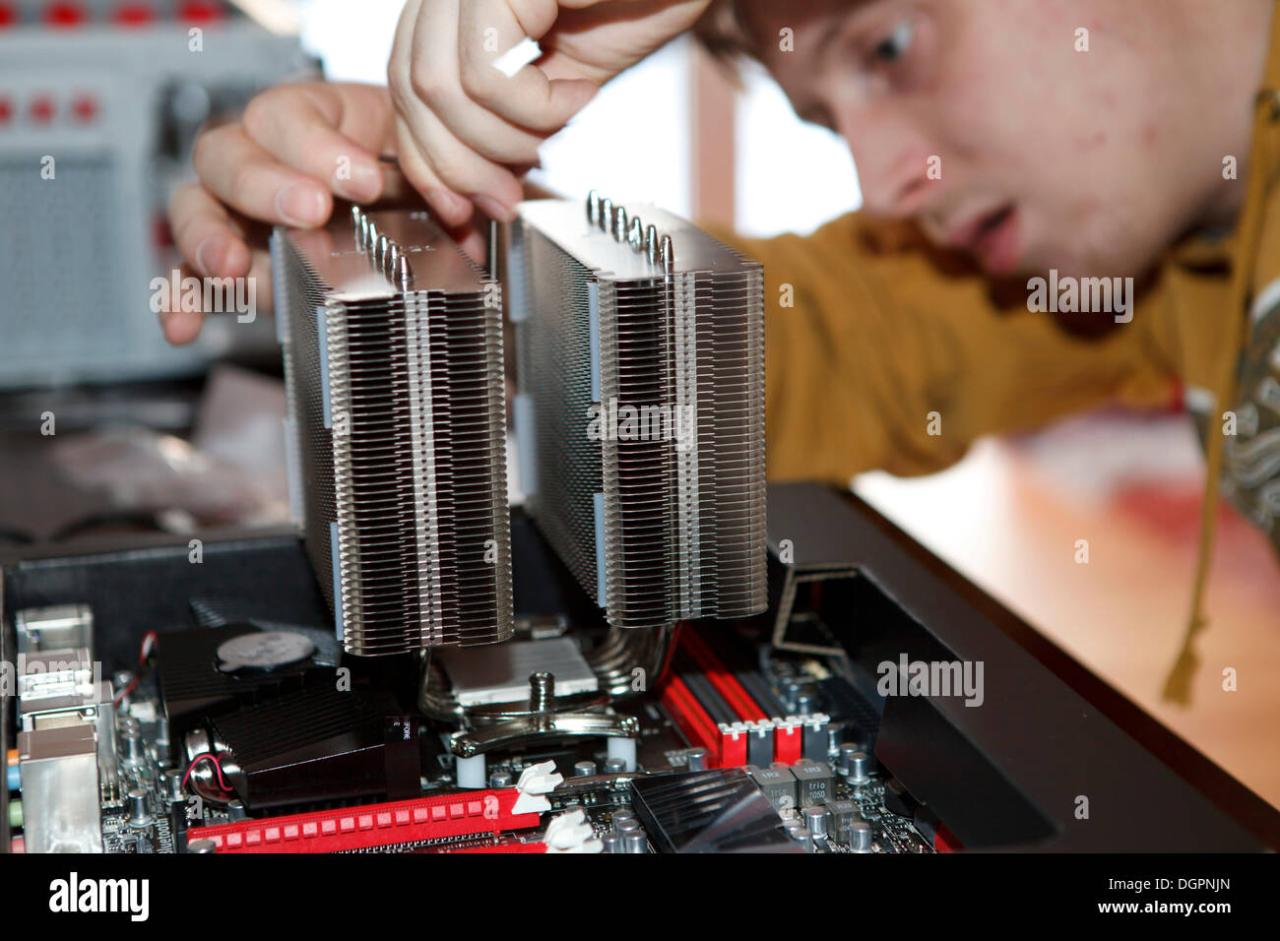
The overall cost is influenced by component choices, case selection, peripherals, and any additional services (e.g., professional assembly).
Advanced PC Building Techniques
Advanced techniques can enhance performance and aesthetics but require additional knowledge and careful execution.
Liquid Cooling
Liquid cooling offers superior cooling performance compared to air cooling, especially for high-end CPUs and GPUs. It involves using a liquid coolant to transfer heat away from components.
Overclocking
Overclocking increases CPU and GPU clock speeds beyond their factory settings, resulting in improved performance. However, it can increase heat and power consumption and requires careful monitoring to avoid damage.
Cable Management
Proper cable management improves airflow within the case, reducing temperatures and enhancing the overall aesthetics of the build. It involves neatly routing and organizing cables.
The Future of PC Building
Several trends and technologies are shaping the future of PC building.
Emerging Trends and Technologies
AI-powered component selection tools, modular PC designs, and advancements in cooling technologies are among the emerging trends. The integration of AI into PC building could revolutionize the process, potentially automating aspects of component selection and troubleshooting.
Future Component Advancements
We can expect continued advancements in CPU and GPU architecture, leading to higher performance and efficiency. Further miniaturization of components is also likely.
Challenges and Opportunities
Challenges include managing the increasing complexity of components and ensuring sustainability. Opportunities lie in the development of more user-friendly tools and the expansion of customization options.
Summary
Building your own PC is a rewarding experience that allows you to customize your system to your exact specifications. This guide has provided a solid foundation, from selecting compatible components to troubleshooting potential problems. Remember, the PC building community is vast and supportive – don’t hesitate to seek help and share your experiences! Now go forth and build your dream machine!
FAQ Section
What tools do I need to build a PC?
Building a PC can be a rewarding experience, especially when you’re setting up a dedicated workstation. You’ll need to consider peripherals, and don’t forget to connect your printer; setting up the wireless connection for your printer is key, so check out this guide for canon ts3420 wifi setup if that’s what you’re using. Once your printer’s online, you can focus back on tweaking your PC’s performance and enjoying your new build!
You’ll need a Phillips head screwdriver, anti-static wrist strap, and possibly zip ties for cable management. Some people find a small parts tray helpful.
How often should I clean my PC?
At least every 3-6 months, depending on your environment. Dust buildup can significantly impact performance and lifespan.
What is the best operating system for gaming?
Windows is the most popular and widely supported OS for gaming.
Can I upgrade components later?
Yes, many components are upgradeable, though motherboard compatibility is key for certain parts like CPUs and RAM.
